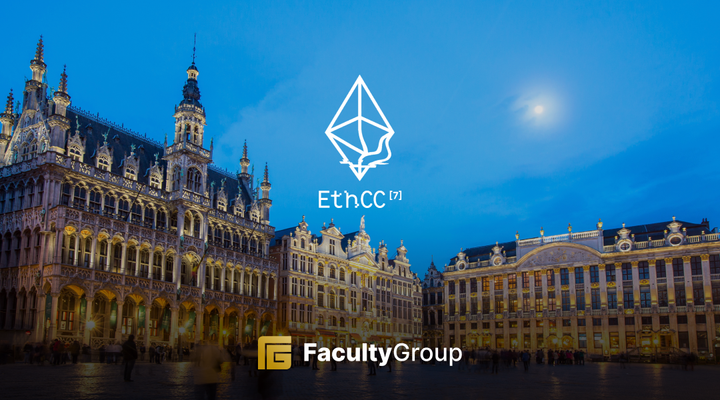Niche marketplaces in Web3: Who will win the consolidation race?

The structure of markets in web3 is changing this year. Lower trading volumes are affecting every sector in web3, from DeFi to NFTs. Consolidation will be a major theme over the next quarter as projects collaborate to build new markets through partnerships. There are still users and investors building and chasing market share. Let’s look at these niche marketplaces for NFTs and how the market is changing.
NFT marketplaces: The race to the bottom
This year NFT trading volumes have dropped substantially from their peak in 2021/22. The biggest trading marketplace platform has been OpenSea however, Blur, through a very large and well-executed airdrop, has taken market share through their no-fees approach, which has upended OpenSea’s market dominance in NFT trading. Their revenue model of fees is now under threat in a marketplace that is changing and evolving due to lower trading volumes and fewer NFT collections being launched.
We are settling into different "niche" marketplaces for digital asset segments and use cases. For example, there will be several main pure art marketplaces (SuperRare, Rare etc.) where ‘pure’ artists show their collections and royalties are enforced. These will enable well-known artists to monetise and control the IP of their collections and artwork and protect their copyright/trademark rights. These sites will promote exclusivity and enforce royalties.
However, many brands will use white-labelled Storefronts to do their own drops on-chain (for example, via Polygon) for higher volume/lower cost collections designed for brand engagement (for example, as GAP has done). These will be used for prototyping and testing what strategies work and which do not. Some brands may want to force their customers to stay within their ecosystem and use these only for their brand, with no resale/redemption possible. These will also be used as brand loyalty programmes with rewards and discounts exclusive to the owner of these digital assets (like Starbucks has done so well).
There will always be marketplaces for speculators, such as OpenSea, Magic Eden, Blur, and ImmutableX, where anything is tradeable, and platform fees will trend to near zero as these niche marketplaces compete for market share in trading volumes. However, watching creator fees to see how they develop in the space will be interesting. If there are no creator fees on resale for the rest of the market outside top-rated pure artists, the market will look very different from today’s market structures.
There will be more focus on getting additional revenue out of initial drops and collections or having a completely different business model (i.e., like a SoulBound token with a yearly membership or ETH fee-based model). For this business model, the creator/brand has to provide enough value for users to re-subscribe each year or fund a subscription model.
Exclusivity will become more important to command royalties. This would mean smaller artists could not command royalty fees on the bigger sites. It would also result in more artists battling for places on royalty-based sites and competition to remain a ‘rarity’.
Fees will continue to be a competition point, but OpenSea and Blur will likely become more like DEXs or centralised exchanges when it comes to trading fees. This is an area to watch for consolidation in web3.








